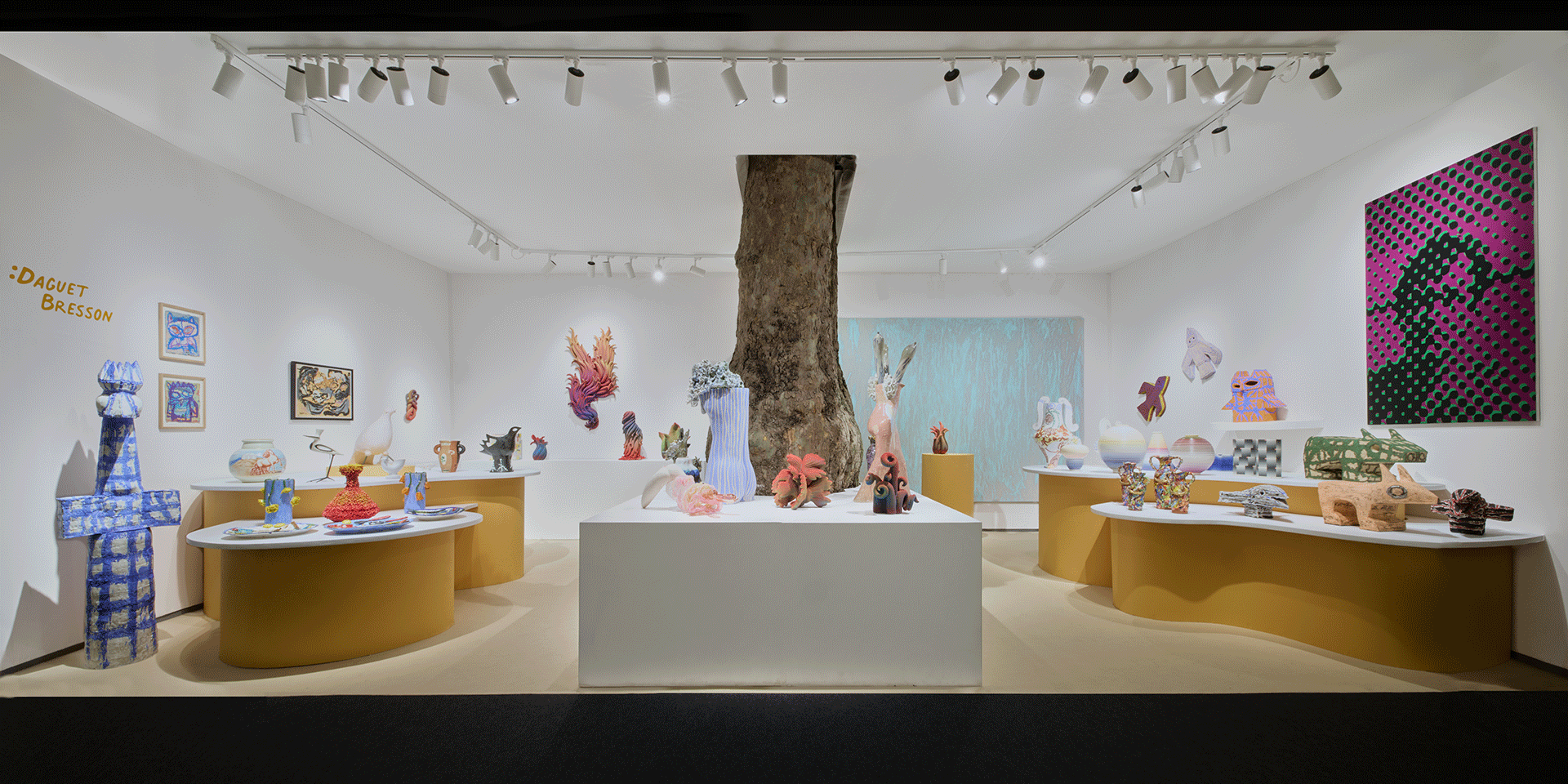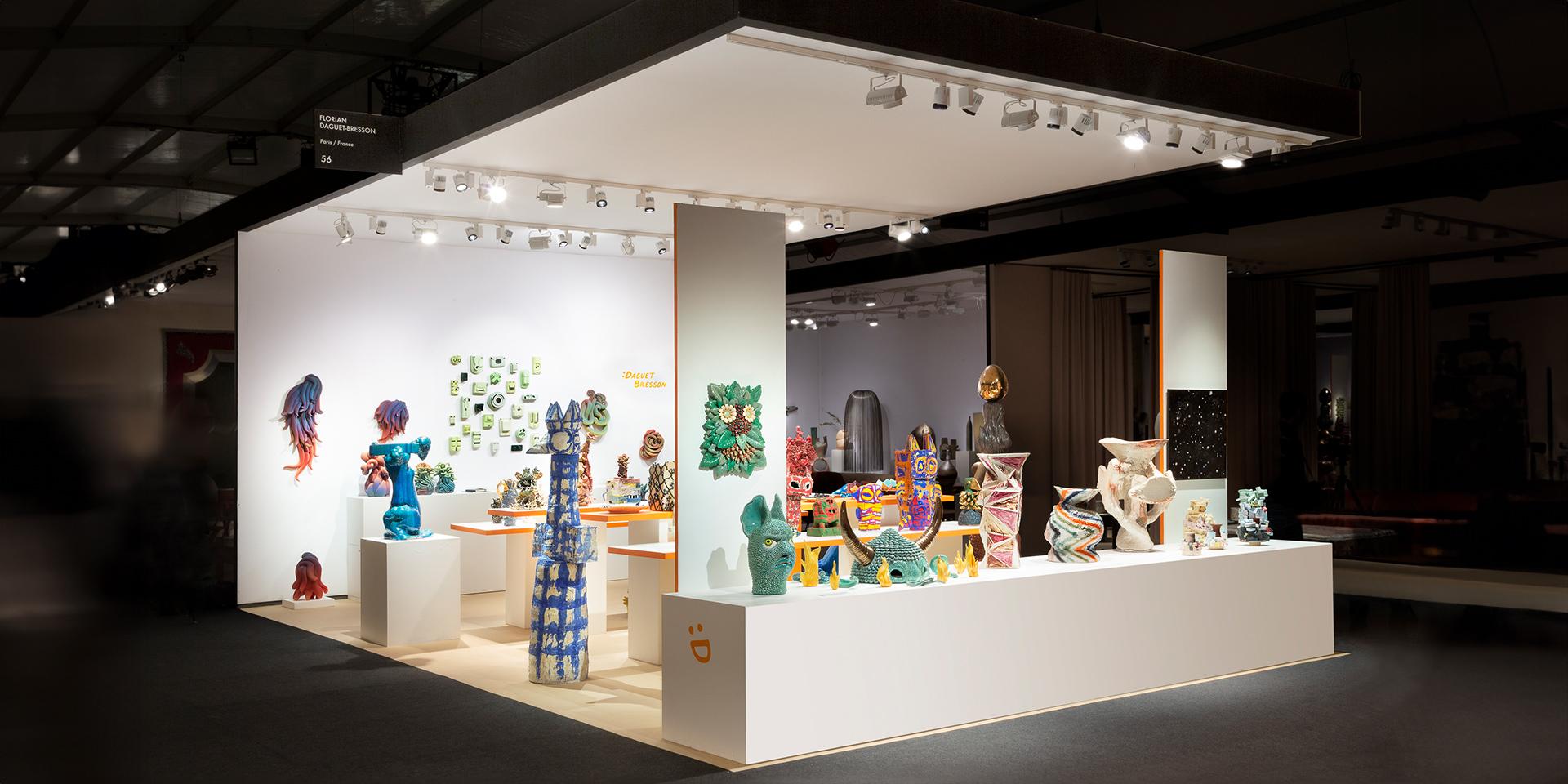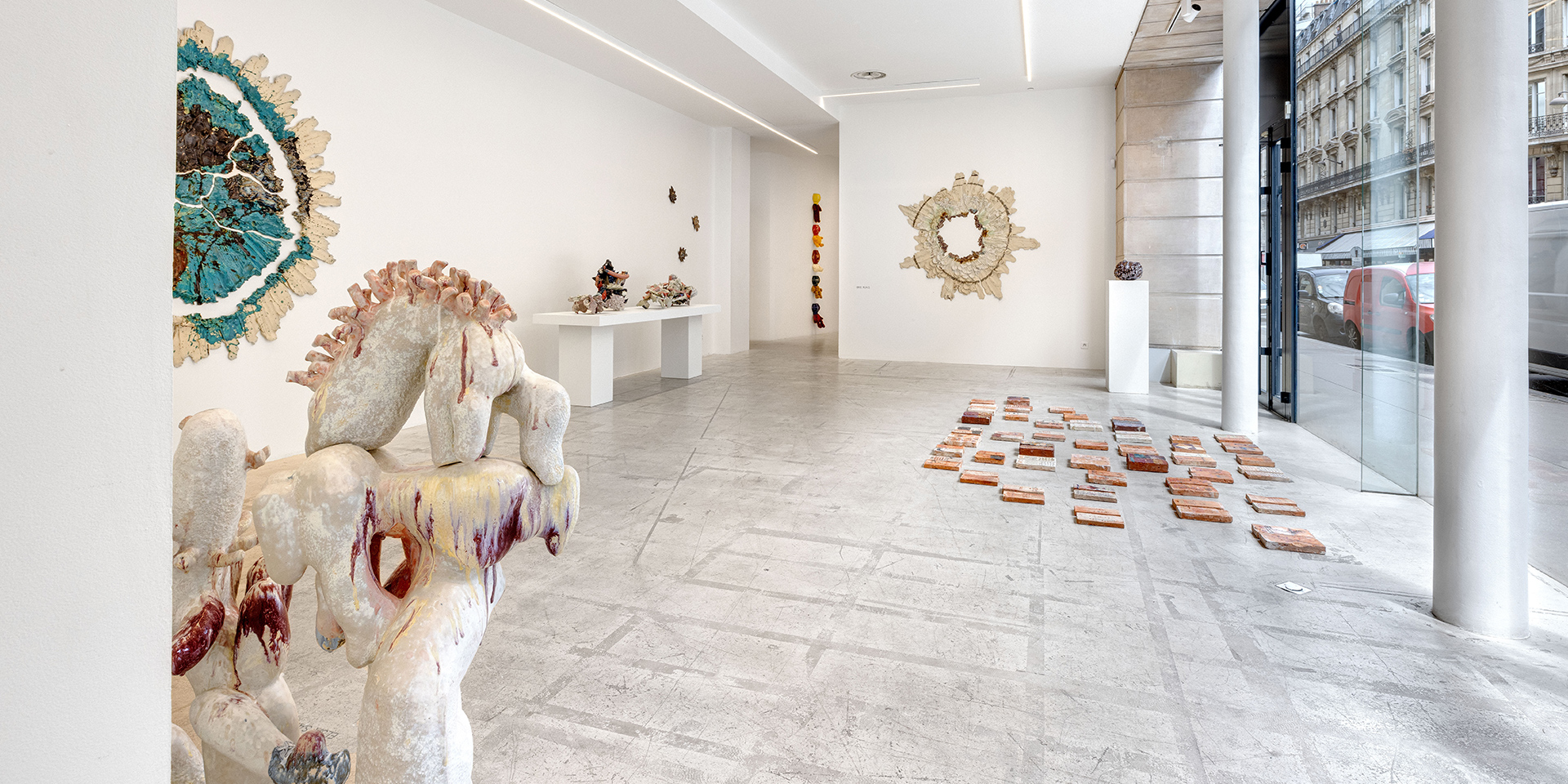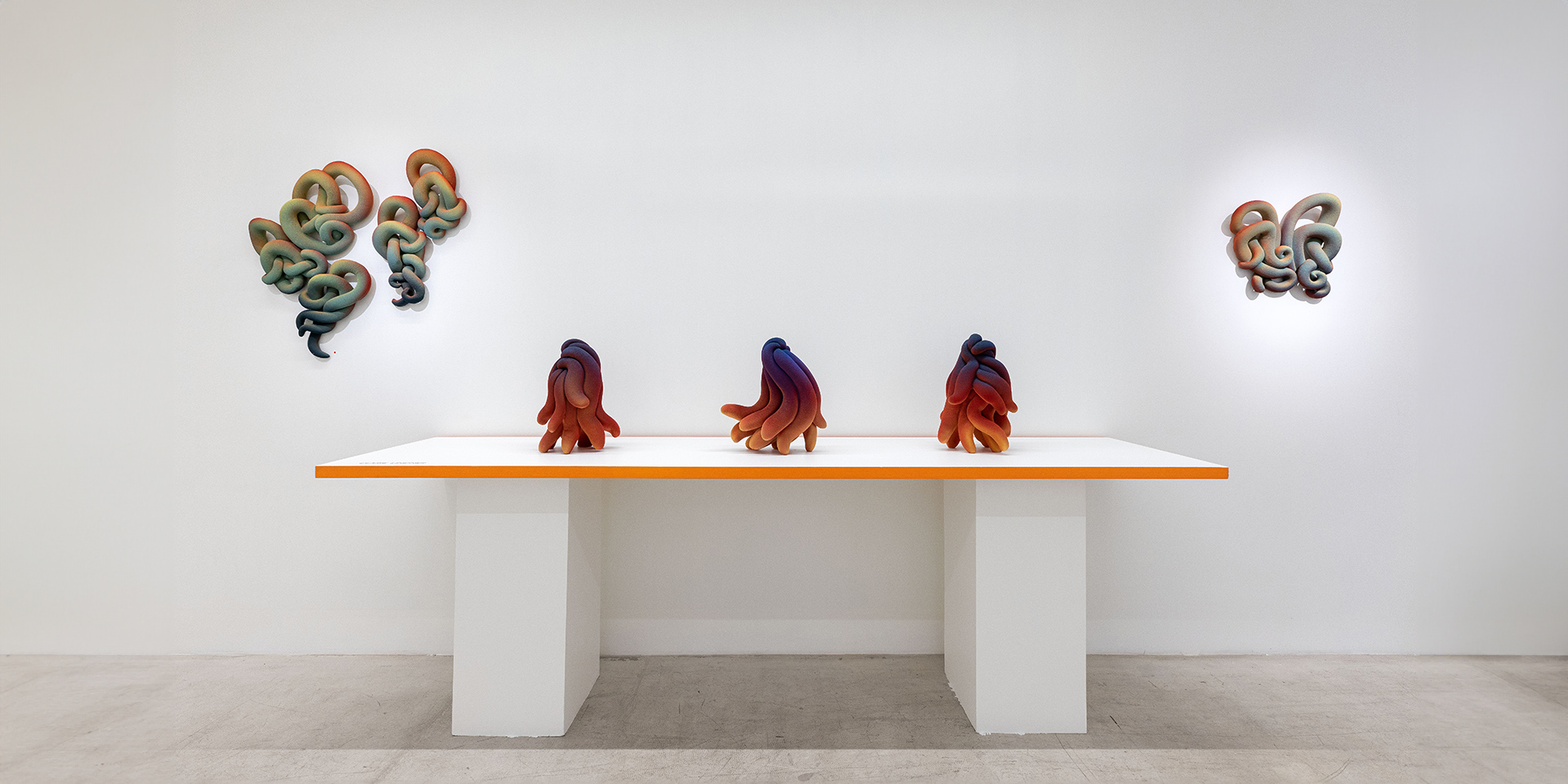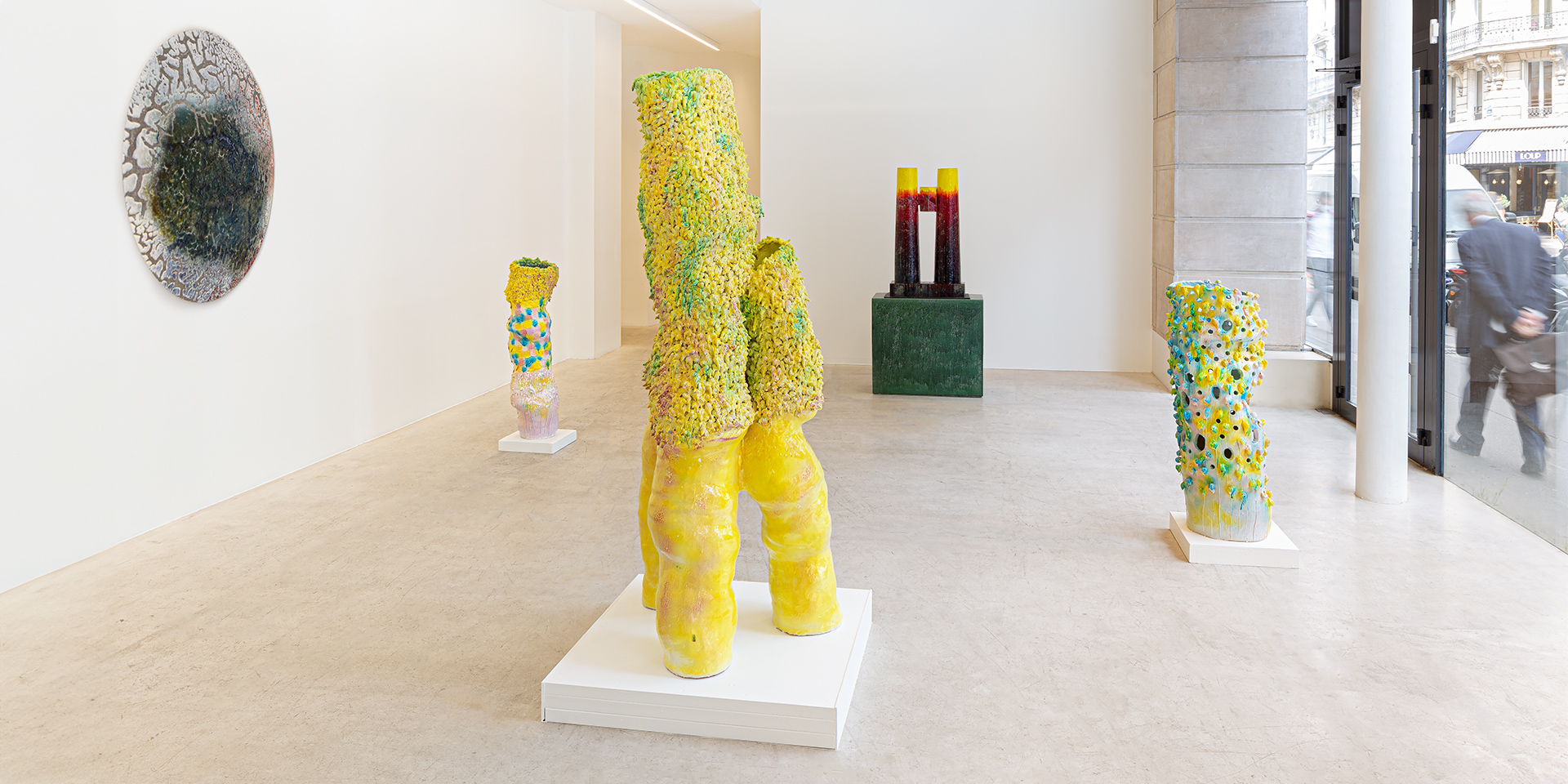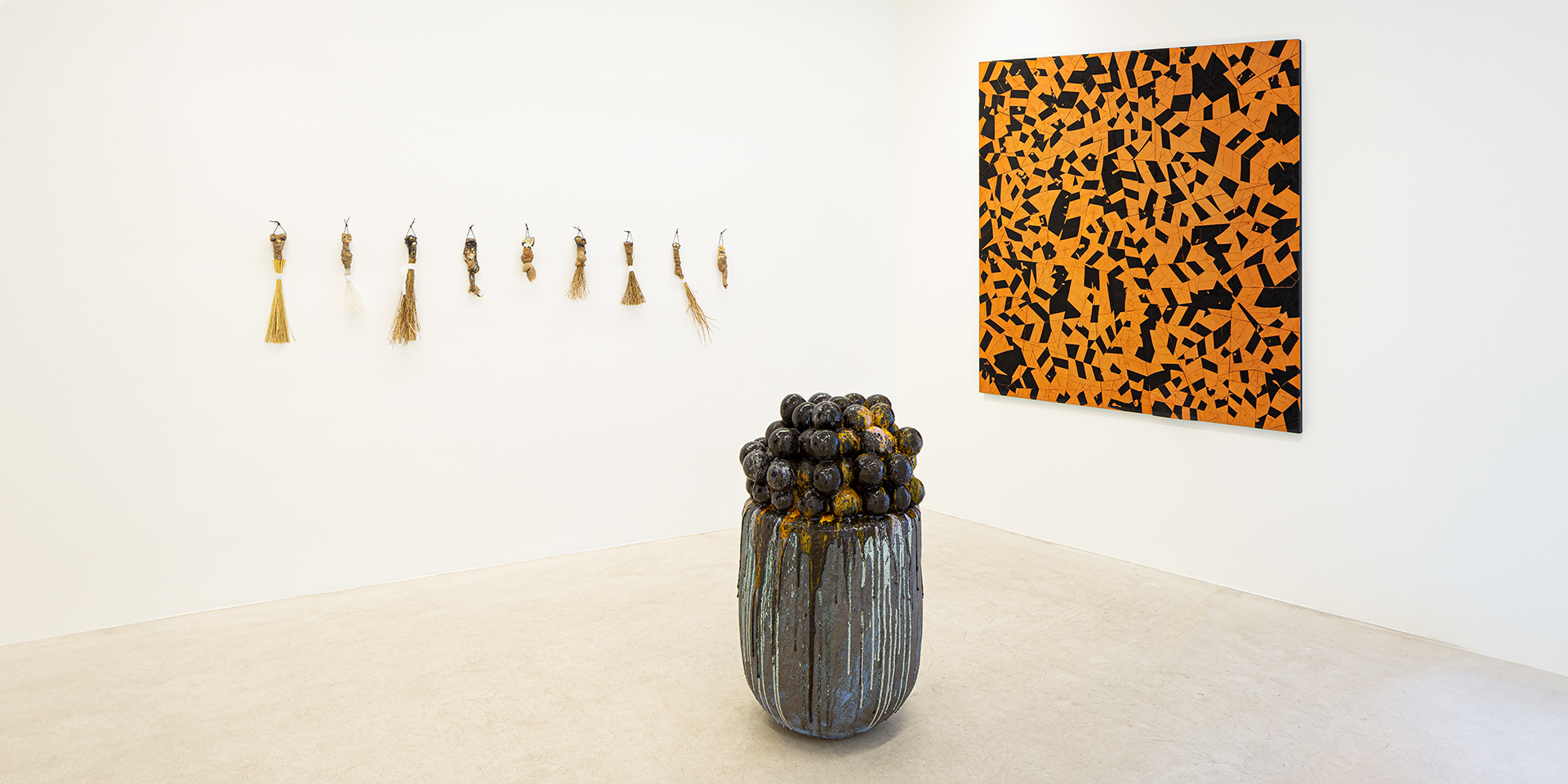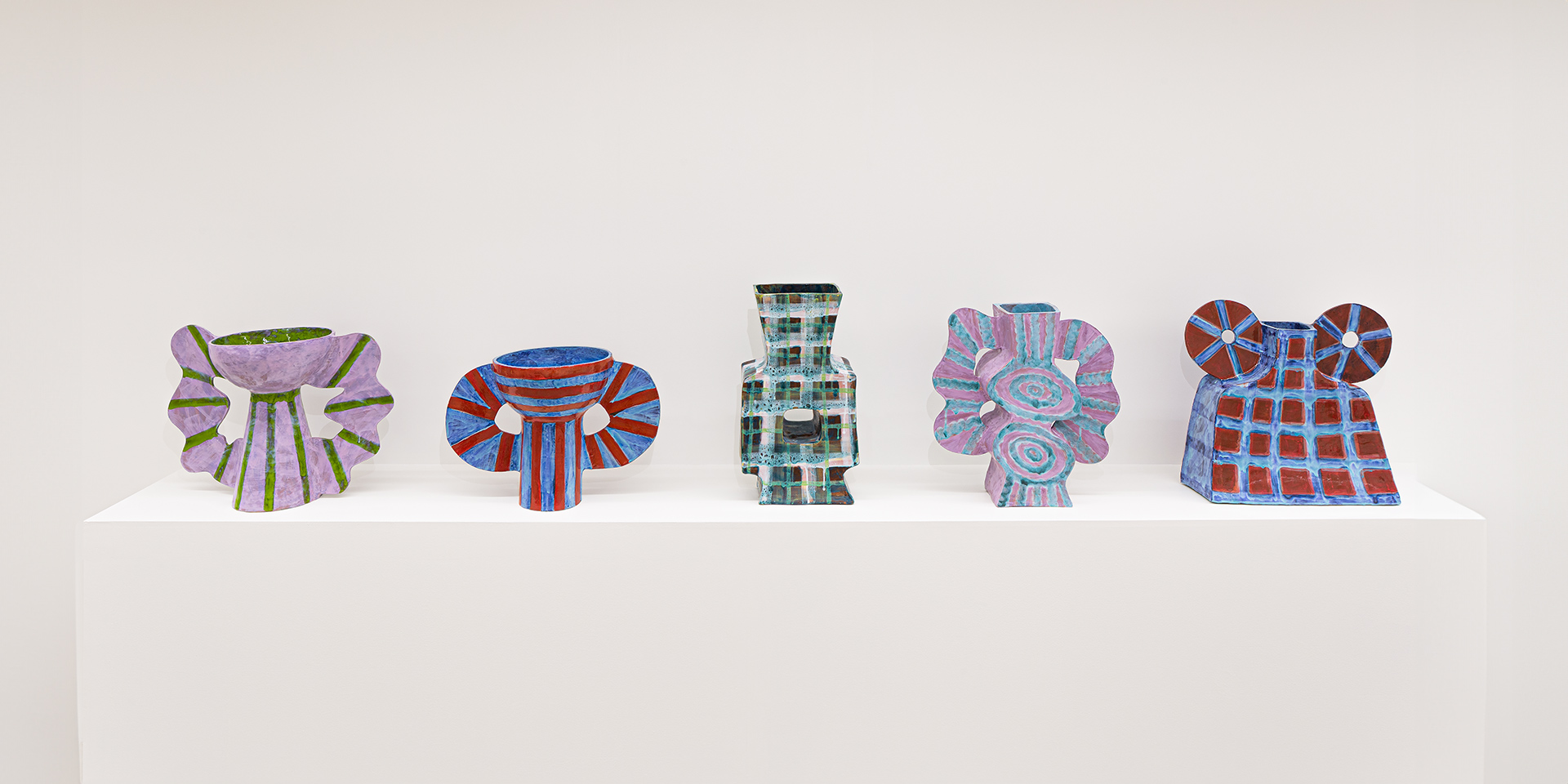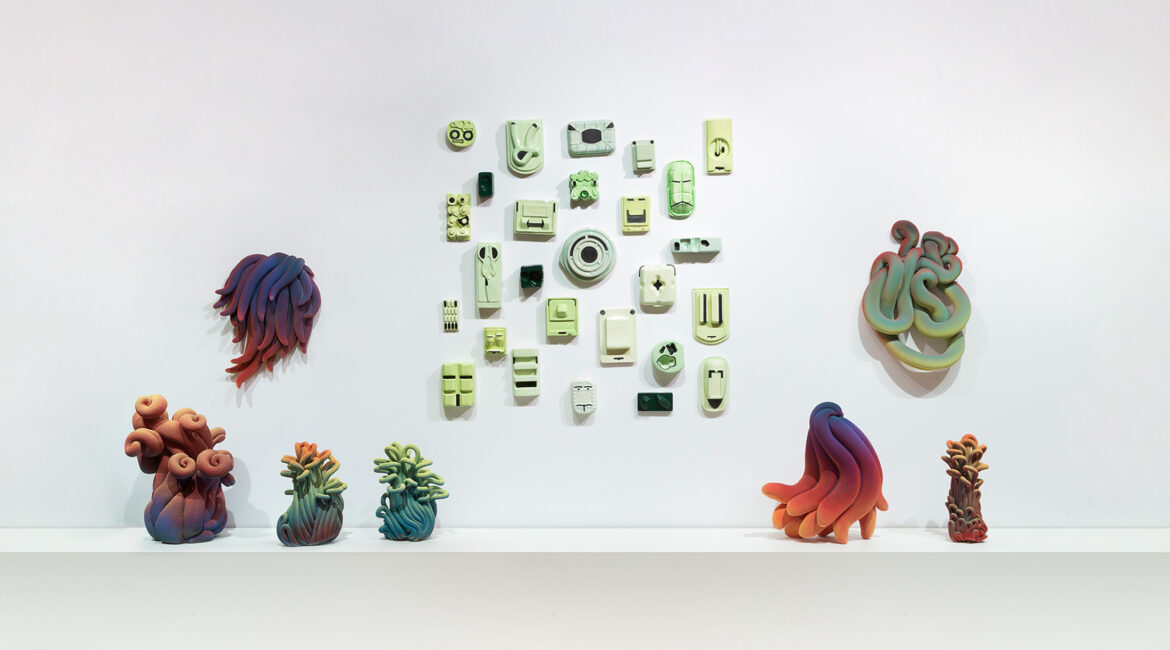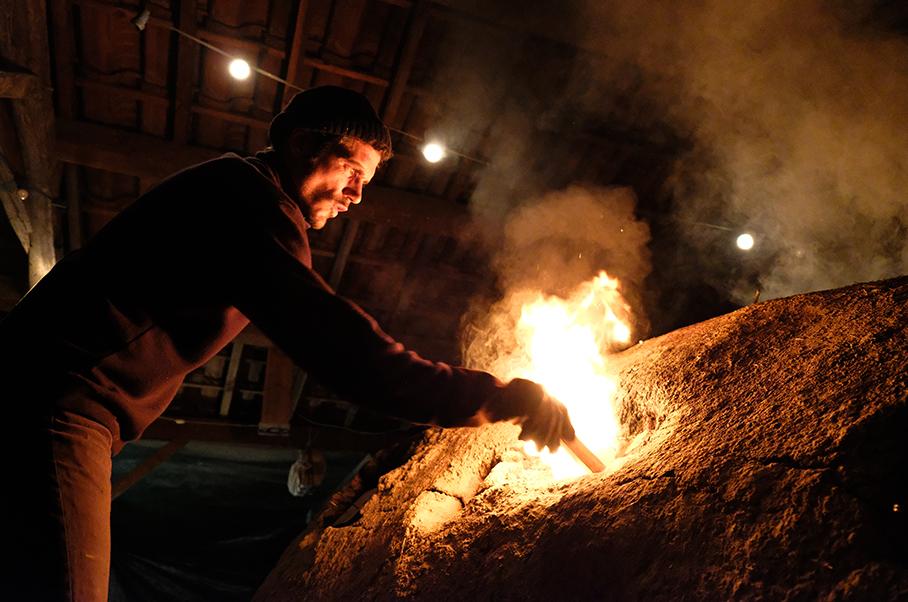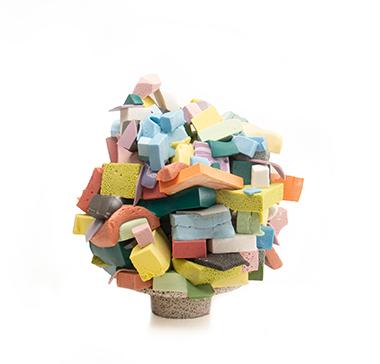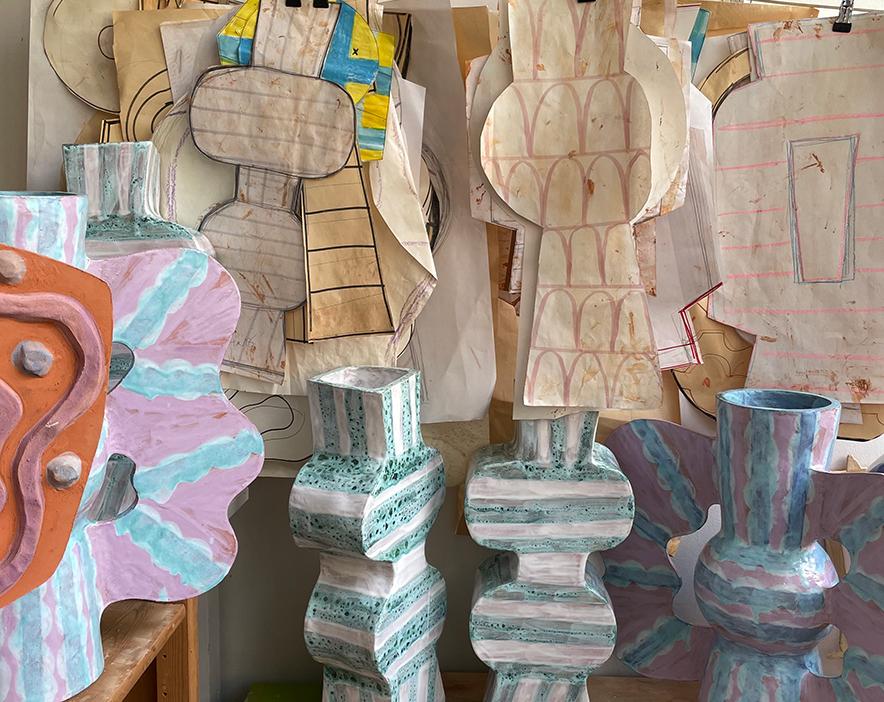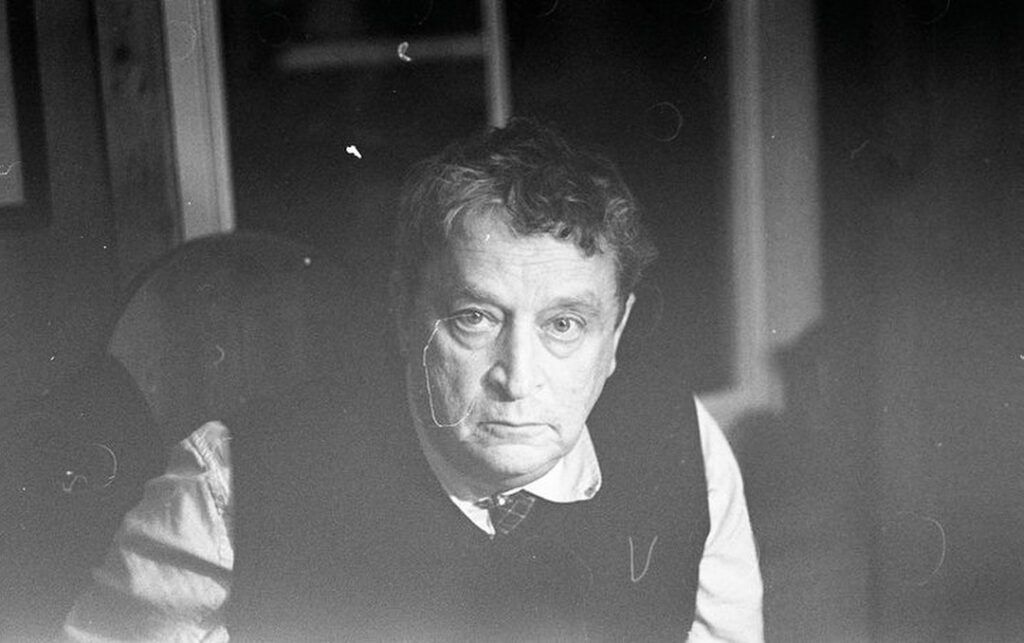The world of art is about looking back and looking forward in time. Arguably no flexible art form has quite the perfect potential for surviving into the infinity of time as baked clay-in other words the infinitely rich through all human history art of ceramics, and later when it came to be invented in China, and then by theft came to Europe, the fine related arts of porcelain. Yes of course there are the metallic arts of gold and bronze, not to mention stone, but fired clay has the unique ability to take and hold onto colour and never fade in any way. In the ancient world there were certainly as many paintings on a flat grounds such as wood or woven materials as there are in our own recent time spans, but of those as good as nothing survives, apart from some miraculously preserved frescoes and the funerary portraits of Fayum.
However there are, whether it is that to the East or West that we look, countless pots and other ceramic forms from every era that have survived without the slightest perceptual change, other than through breakage. The paintings, in the Louvre even by the greatest old masters, do not look exactly as they were when they left the studio, sometimes far from it -the chemistry of colour materials used causes them to change irrevocably. But the Sevres vase or drinking vessel, whether of the eighteenth century, or from the epoch of Art Nouveau, what we can see and love, is exactly as to those who first saw each piece, in all its intense and subtle colour and shape. And even if there is not quite the same sense of fetish that surrounds the name of individual artists that exists about the arts of Western painting and sculpture, the potential in ceramics for self-critical yet playful or deadly serious beauty exists in every age. This includes naturally, perhaps surprisingly for some persons and who might be inclined to declare the arts of ceramics “dead”, equally in our very own times.
For this exhibition, Florian Daguet-Bresson have assembled for us a remarkable collection of contemporary ceramics from all over the world that too speak of the endless imaginative thrills of colour combined with form. These too now be inevitably preserved in perpetuity thanks to various and complex firing methods – each the precise legitimate secret of the artist. These mysteries enable extraordinary shapes and subjects to come into being, and, each expressing the unique imagination and fantasy of each artist, who is also equally of course a highly skilled craftsperson. We are able see and have around us, in almost beyond real and intense colour, fantasy architectural model structures, forever burning candles, vases of flowers that will never die, softly coloured tissues in piles that will never soil, mysterious figures and faces. Humour and reflection is everywhere. Above everything there are riots of colour, pattern and original surface invention that like the ceramics of old intended to be taken to an afterlife somewhere or other, that too will all survive, if looked after and enjoyed with care, exactly as they are into something close to eternity.

